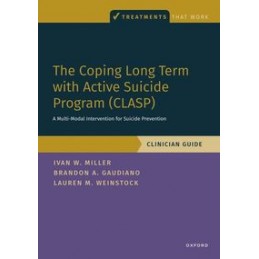- Obniżka


 Dostawa
Dostawa
Wybierz Paczkomat Inpost, Orlen Paczkę, DHL, DPD, Pocztę, email (dla ebooków). Kliknij po więcej
 Płatność
Płatność
Zapłać szybkim przelewem, kartą płatniczą lub za pobraniem. Kliknij po więcej szczegółów
 Zwroty
Zwroty
Jeżeli jesteś konsumentem możesz zwrócić towar w ciągu 14 dni*. Kliknij po więcej szczegółów
Opis
Indeks: 101036
Autor: Donna D. Ignatavicius
Indeks: 68699
Autor: Md. Abul Barkat
Indeks: 103299
Autor: Brian Crouch
Indeks: 101634
Autor: Mark C. Navin
California and the New Politics of Mandates
